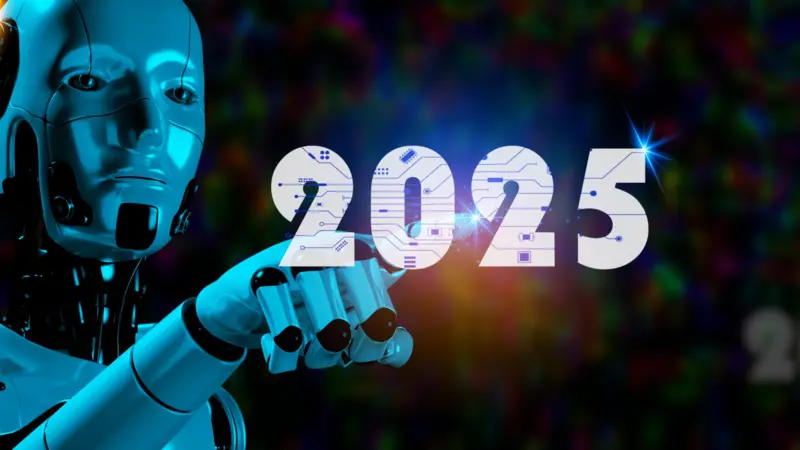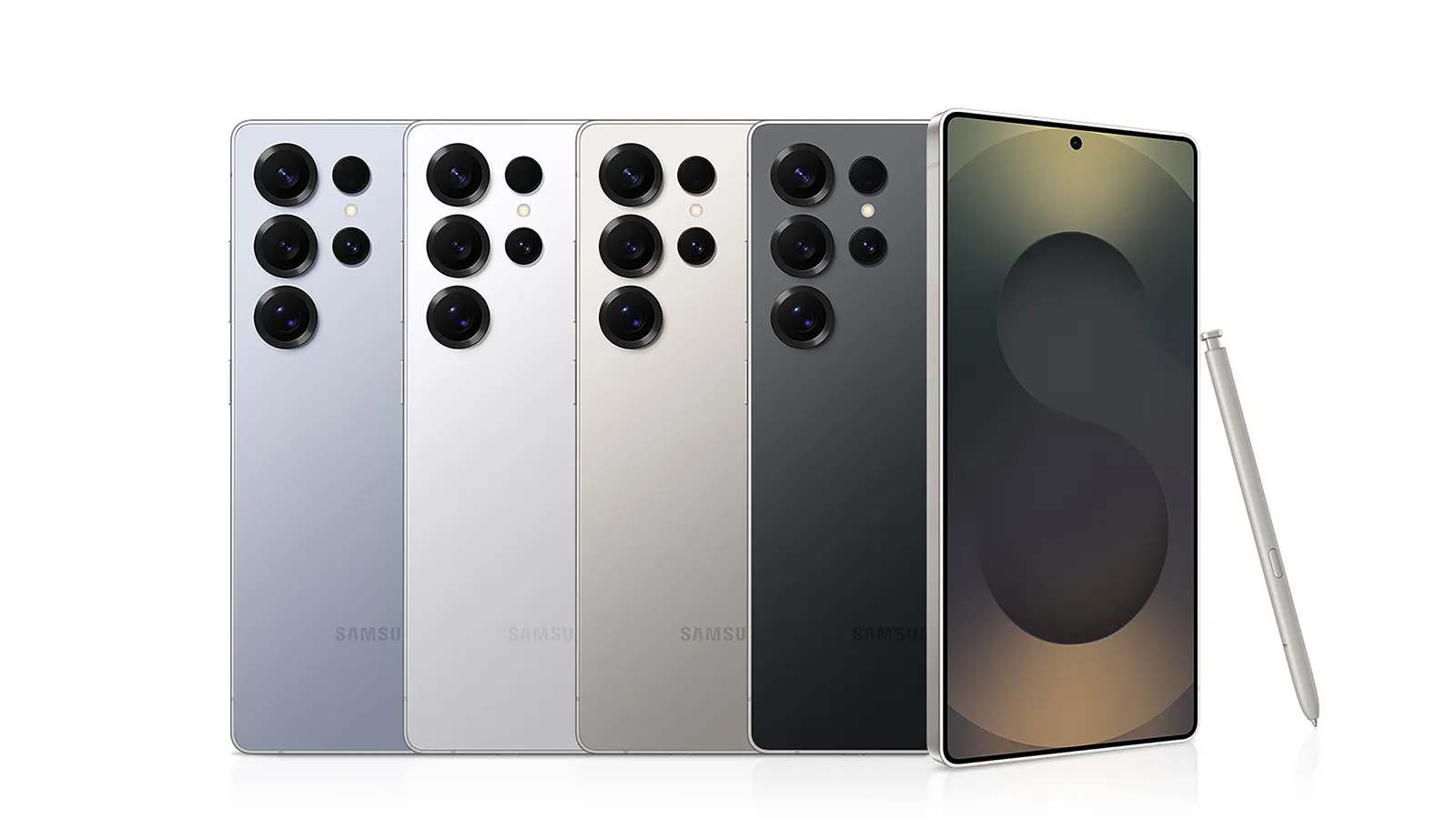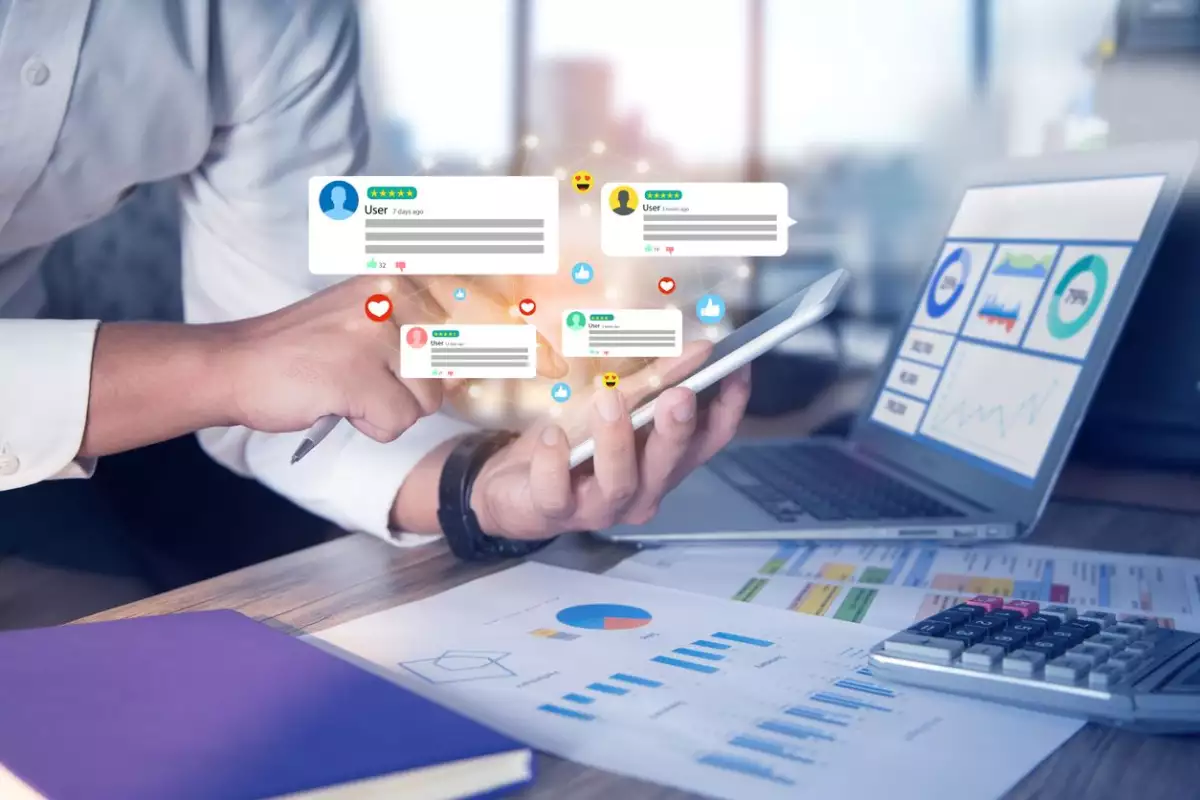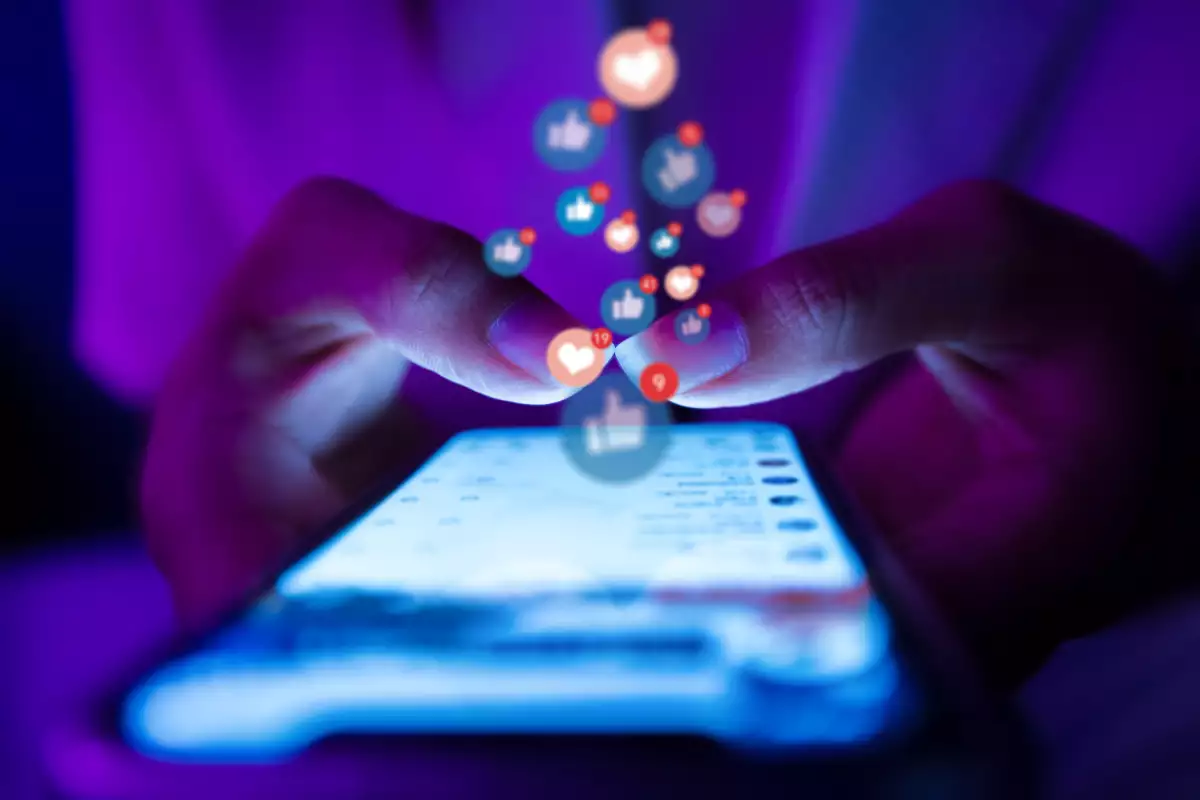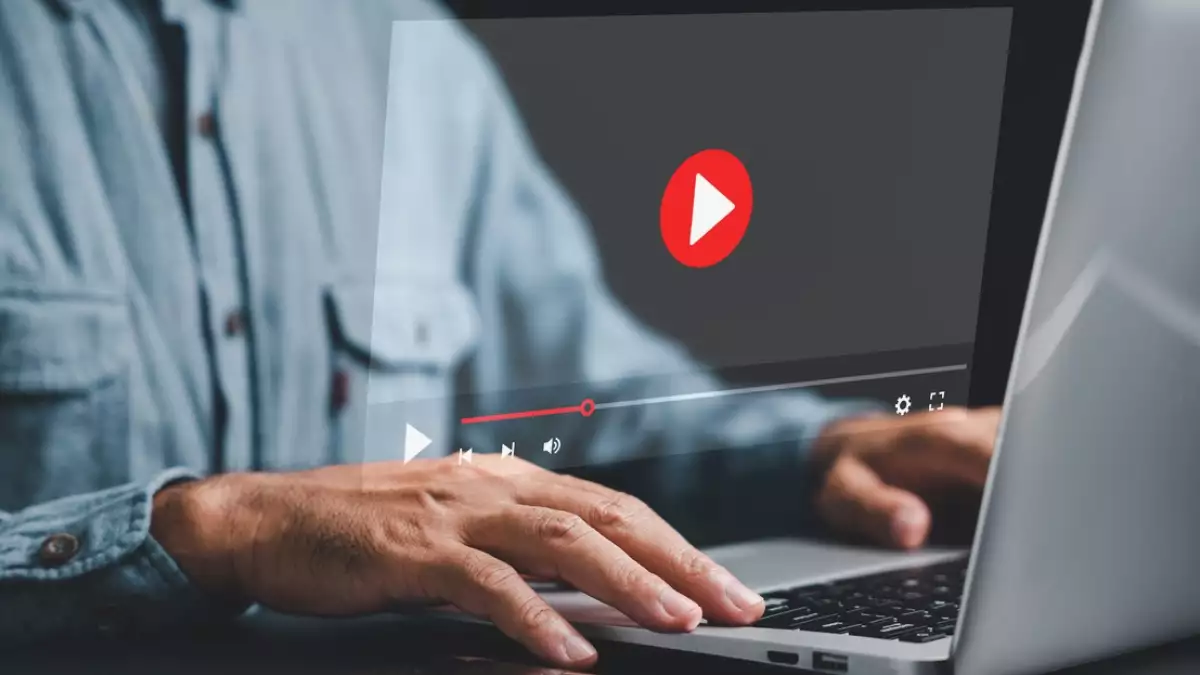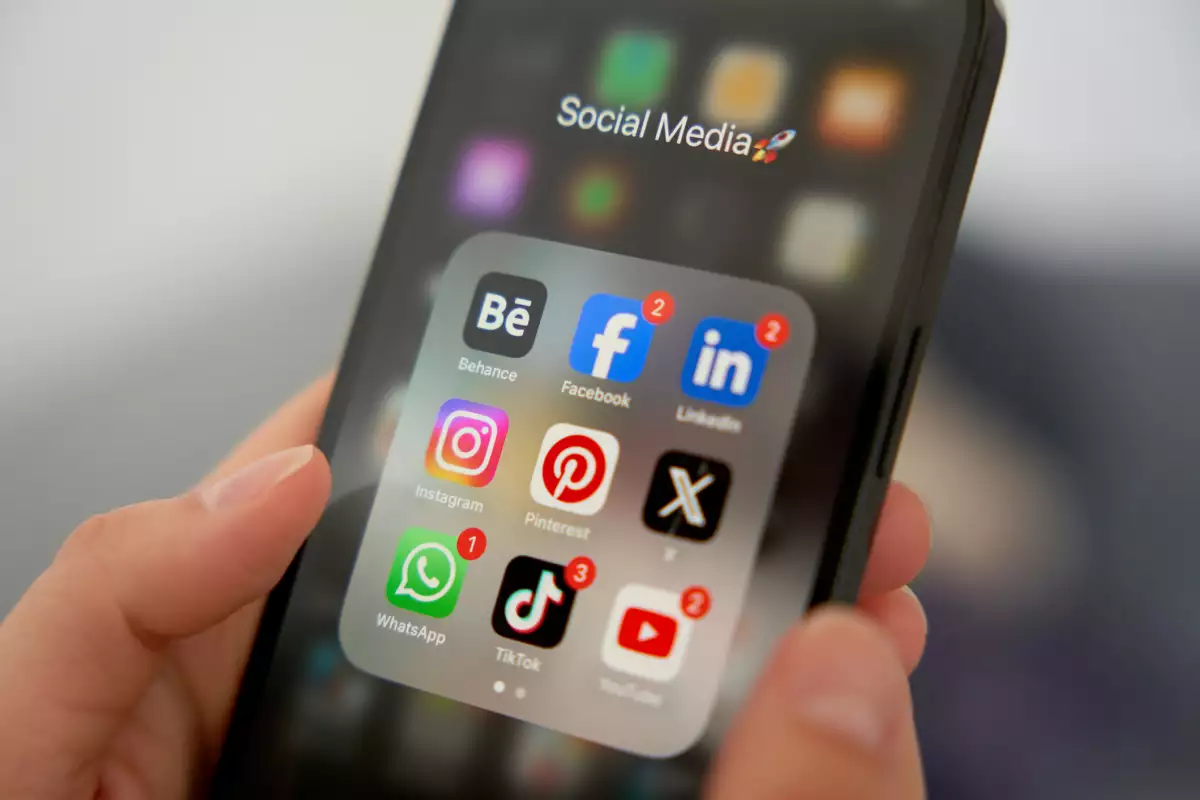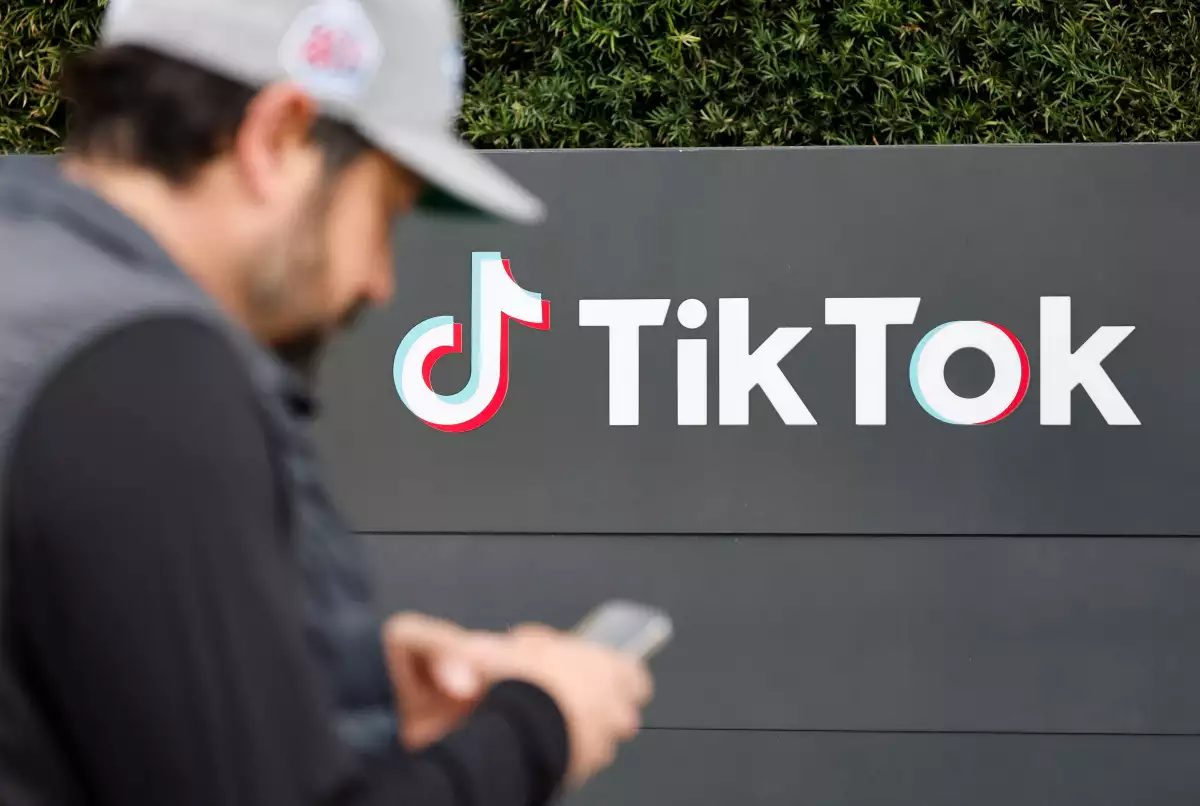
The 7 technological trends of 2025
There are times when it slows down, but there are others when it accelerates vertiginously. Technology is no different
When we expand the boundaries of what is possible, without time yet to materialize or validate the adoption of new capabilities, we find ourselves in a scenario reminiscent of the gold rush: many companies and startups will present new proposals, some will work and others, like the Metaverse, will be left behind. This technological rush will mark 2025, with generative AI as the protagonist.
Generative AI has opened a real Pandora's box, allowing the creation of intelligent and autonomous applications that can do tasks for us and, above all, help us to be better and more efficient. Its impact is already noticeable, but by 2025 it will redefine many aspects of society and the economy.
But these changes often come up against obstacles. Legislation, which is usually cautious, slows the adoption of new technologies. The public and military sectors, conservative by nature, prefer to invest in traditional technologies such as supersonic aircraft rather than betting on self-driving drones. This resistance has been a drag on technological acceleration. However, by 2025 everything points to a paradigm shift.
In the United States, leaders like Elon Musk could bring about legislative changes in weeks, not years, enabling the proliferation of self-driving cars, satellite communication systems and generative AI applications. What was once a brake will become a boost.
If you think the US administration is, as always, slow to adopt changes, look at the current political landscape. The new Republican technologists, associated with companies such as Palantir or Musk himself, will be in charge of setting the priorities. The military will not be left behind and will also adopt these innovations.
Meanwhile, the rivalry between the United States and China will continue to intensify, including in the technological field. From generative AI to autonomous vehicles or the reinvention of the military, this race will accelerate progress even further. Europe, however, will be forced to join this frenetic race late and poorly.
Competition between large companies will also intensify. Apple, which seemed to be asleep, will position itself again. Amazon/AWS will seek to regain ground, and OpenAI will try to reach 1B users to establish itself as a technological giant. Chinese companies will start exporting their language models, autonomous vehicles and drones, while Europe, without innovations of its own, will have to adopt external technologies. This is the price of "technological arrogance": regulating without innovating.
In 2025, the clock of history will accelerate, making transformations that seemed far away a reality. What can we expect? Here are 7 technological predictions that will mark the coming year:
- An invasion of intelligent agents. Agent systems that manage tasks like booking airline tickets, searching for the best price on the Internet or coordinating meetings will be the stars of the next year. We will also have multi-agent systems for more complex tasks. This is the business model that could take companies like OpenAI into the $1T club.
- Organizations are competing with generative AI. Companies like McKinsey, Meta and even law firms like Cuatrecasas will start to create their own models or customize those of others. Generative AI managing internal processes, sales, after-sales or customer services will make the difference.
- Self-driving cars are invading the US, China and Europe. Autonomous cars, trucks and taxis will expand massively. In the US, Musk will push for federal regulations. In China, five companies are already operating pilots. What will Europe do?
- Generative AI surpasses humans. In fields such as science and technology, generative AI will surpass human capabilities. New scientific discoveries and new technical developments will be made with generative AI as co-pilot.
- Talking to the TV and the car is the new normal. The current interfaces, the mouse and the windows invented by Alan Kay at the Xerox center in Palo Alto in the 1970s, will be replaced by natural language. Communicating with devices through speech will become commonplace.
- The year of humanoid robots. Humanoid robots will begin to enter our lives: in logistics, factories, hospitals and homes. They are much more flexible robots than the previous ones, they will be able to operate in a limited way in confined environments, but little by little these environments will become larger and they will interact with us through speech and by example. This will be a Copernican change for humanity, because the humanoid robot is a general purpose technology and not a specific one.
- Professions such as medicine, law or education are changing forever. There are professions that, although they have become very technical, have not changed in millennia. This is due to the fact that they are activities based on human groups and their interaction based on specialized knowledge. This is the case of advocacy, education and medicine. All these activities will be carried out with AI copilots to whom you can delegate a good part not only of the work, but also of the interaction and empathy. Humans will be part of it, but not at the beginning. Cheap services will be 100% AI, while those that incorporate humans will be a luxury.
2025 will be a year similar to 2023, a year in which history will accelerate and will require of us a great capacity for change, for adoption and experimentation with new technologies. We have to remember two things in this process.
The first is that it is not advisable to fight the inevitable. If you are an early adopter, you will have time to do it your way, you will have time to change if necessary. If you fight it, once you have lost, you will have no time left to change gradually. Don't fight the inevitable.
The second is that you cannot achieve a competitive advantage, either personally or for your organization, by using what everyone else uses. You have to have some system of your own, something that the rest don't have, whether it's organizational or technological. That's why you need to do pilots, try and fail, fail again and try again, until you have an organization and technology that your competitors don't have. Those who are building their versions of the models, such as McKinsey, Cuatrecasas and many others, know this well.
2025 is a year of opportunities, but opportunities are not a lottery, they smile at those who are prepared and work for them!
Leave a comment:
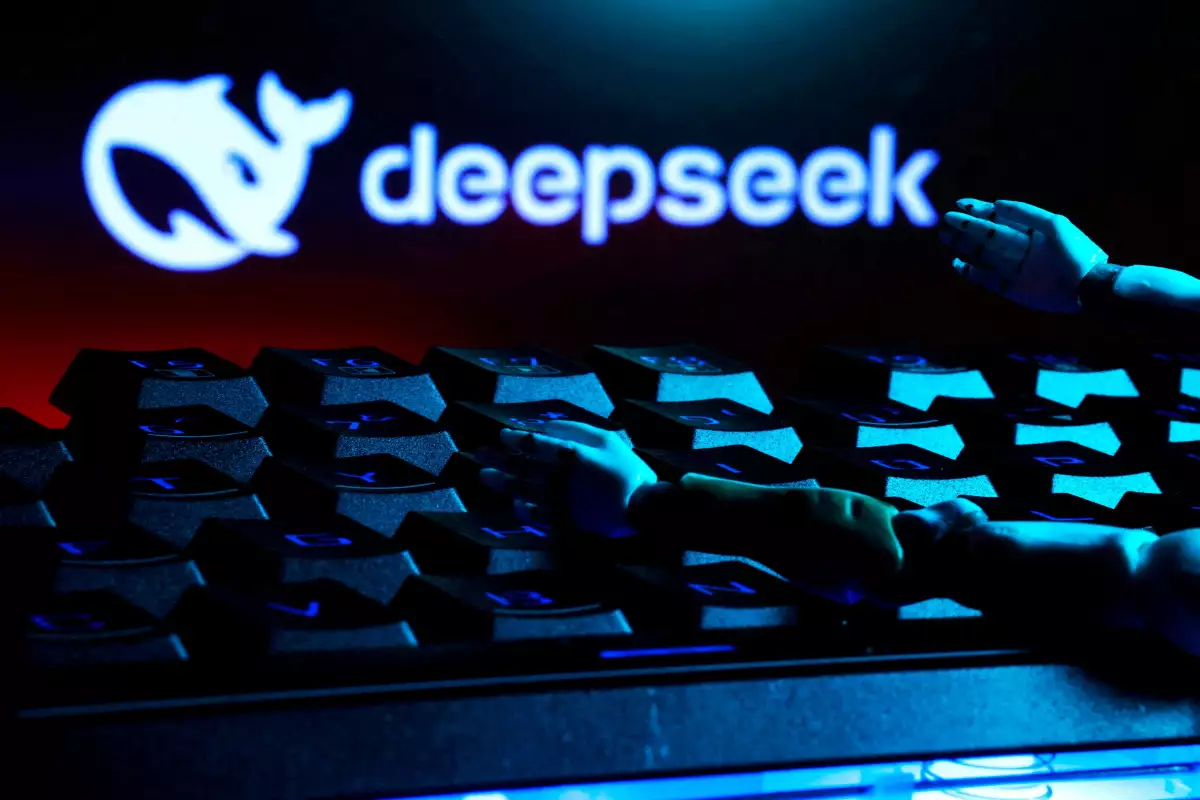

Tranding News
.jpg)

